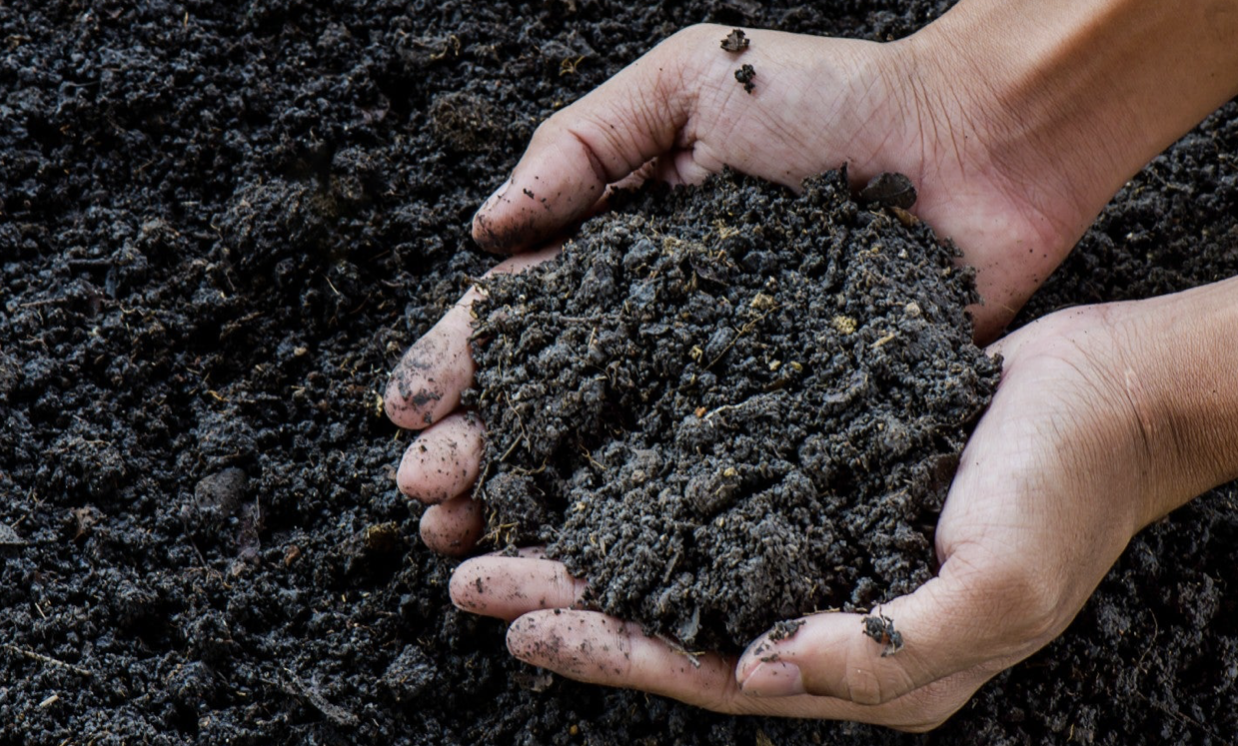The Science Behind Composting
By: Charles Doering-Powell, Pembroke Hill Sr. and Blog Editor
Composting is one of the best ways to combat the serious threats that climate change poses to our planet and our existence as we know it. While it is certainly not the only way to help do your part in creating a greener, more sustainable future, composting is a wonderful way to get started becoming greener in your own home. But why and how exactly does composting help counter climate change? What is the science behind composting?
Over 51% of all trash that ends up in landfills is biodegradable and can be composted and turned into soil instead of methane. One of the most crucial aspects of composting is the microorganisms that are found in every ecosystem across the globe. To create the most optimal environment for a compost pile to thrive includes a warmer temperature, moisture, rich nutrients, and other factors like an abundance of oxygen. When the environment is perfect, the population of microorganisms in the compost pile increases and the biodegradable materials that are in the pile begin to decompose.
The main difference between a landfill and a compost pile (beside the fact that one is made of strictly biodegradable materials and one is not) is the maintained flow of oxygen. When creating a compost pile, oxygen is kept front of mind because when materials in a landfill decompose, they do so relatively without oxygen (anaerobically), which produces methane as a byproduct. Composting breaks down materials in the presence of lots of oxygen (aerobically), which doesn’t produce methane and instead produces the nutrient-rich soil that can then be used to grow plants.

